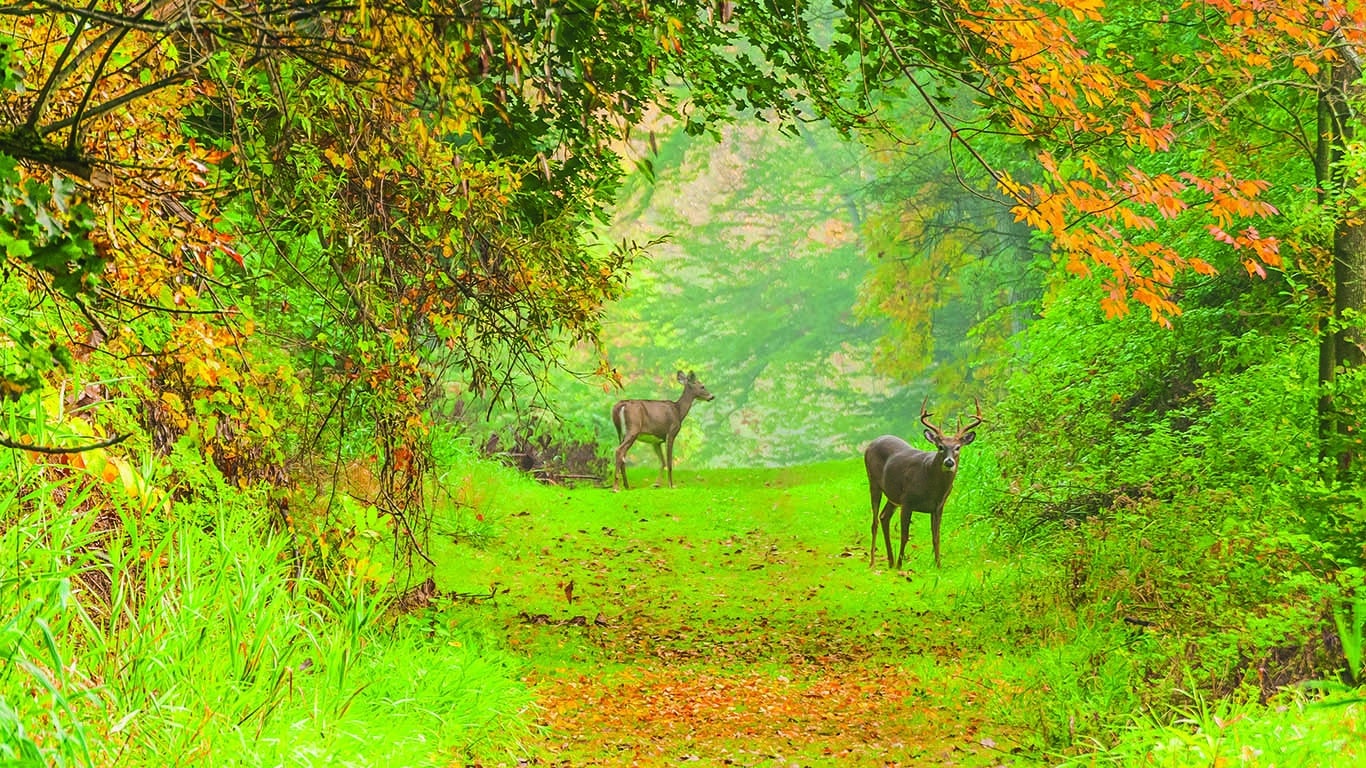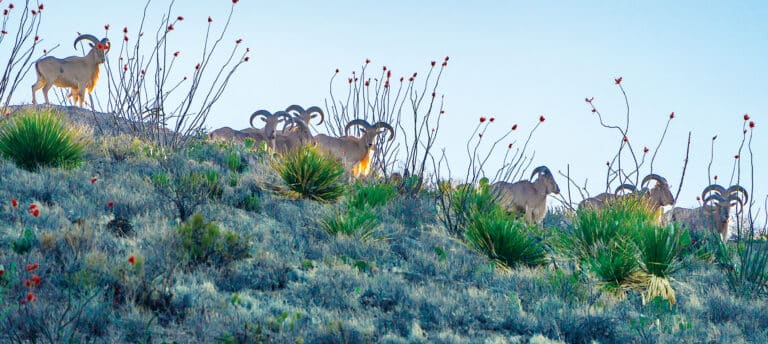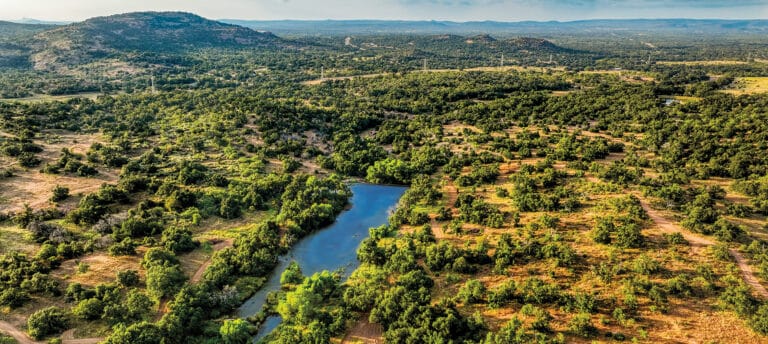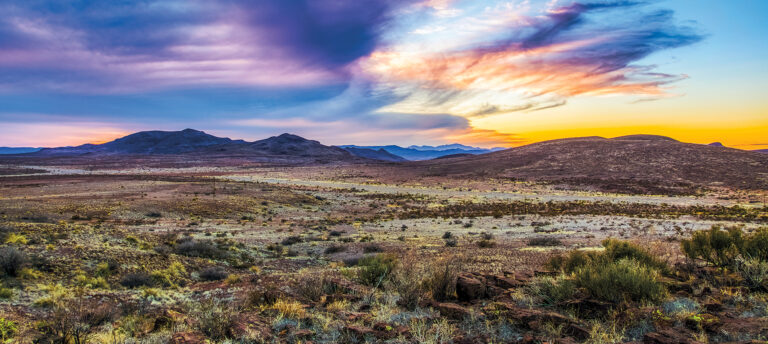Written by Ruben Cantu and Greg Simons, Wildlife Biologists
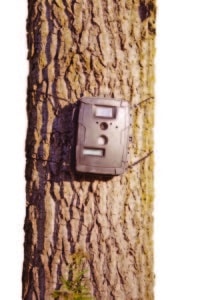 Game cameras have been in vogue over the last decade. Don’t believe us? Pick up a sporting goods catalog or walk into a sporting goods store and examine the huge number of makes and models.
Game cameras have been in vogue over the last decade. Don’t believe us? Pick up a sporting goods catalog or walk into a sporting goods store and examine the huge number of makes and models.
Price normally will range from $150–$250 per camera. Most are decent products. Game cameras are a useful tool for a number of purposes and every purpose has some methodology created to give you the best results for that purpose.
In the early days, game cameras were often used by professionals for wildlife research, but as time passed, these cameras became a popular scouting tool for hunters. Over the last few years, more and more people have been using them to estimate deer populations.
While spotlight and helicopter surveys historically have been the two most popular techniques for evaluating deer herds, camera deer surveys are quickly gaining popularity in some areas. Each has its strengths and weaknesses, and on occasion, one can greatly complement the other.
Perhaps the camera survey’s greatest strength is its ability to catalog or inventory bucks that are on or are utilizing a property. When it comes to inventorying bucks, research has shown that camera surveys may yield up to an approximate 85 percent accuracy.
A distinct downside to camera-based deer surveys comes in estimating herd composition, in particular sex ratios and fawn rate. There are several options that can be integrated to address this aspect of deer population surveys. One is using a ratio of the number of buck photos collected versus the number of antlerless deer photos collected. Through basic math, we can calculate estimated number of antlerless deer.
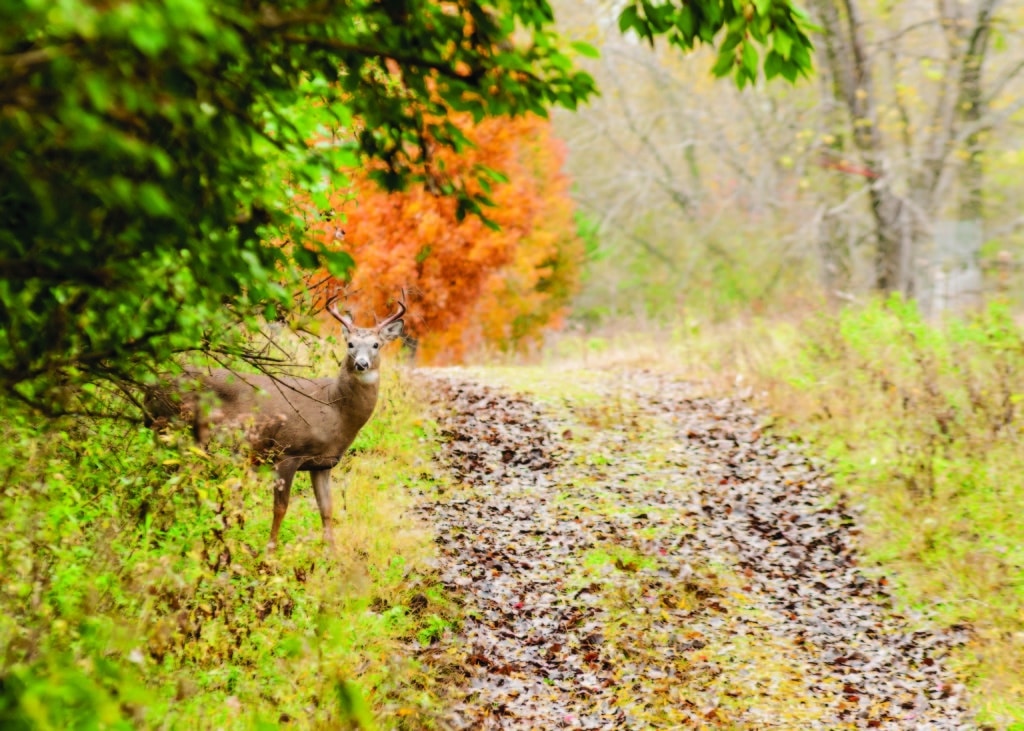
An even better option is using an additional survey method such as helicopter, spotlight, or incidental observation data to estimate sex ratios and fawn rates. Then this herd composition feature is applied against the total number of bucks in the camera survey inventory. The next step is backing out the estimated number of does and fawns. This will yield an estimated number of bucks, does, and fawns.
The property’s size and whether or not it’s high-fenced will influence how many cameras you will need to achieve reliable camera survey results. Ideally, a density of about one camera per 160 acres is recommended, but often this isn’t feasible on a large property.
Cameras generally are placed over a baited area, approximately 20 feet from the feeder. We suggest leaving the cameras in place for 10–20 days, set on 5–10 minute interval bursts in high-deer density areas and 3–5 minute intervals in low-density areas. It’s best to position the cameras on the south side of the feeder, facing northward, with high-resolution settings when camera options allow.
Gather SD cards, label according to bait station or feeder number/name, and then begin the meticulous process of sorting through images. This is a long, tedious process. It’s best suited for people who can spot contrasting features, which allows them catalog the bucks. To be most accurate, the counters must retain mental pictures of the various deer as they sort through the photos—often thousands of them.
A printed document with photos, numbers and other information provides a survey report. This document is also often used for “super scouting” purposes. We’ve found that most hunters who are using game cameras generally are gaining data that is principally of scouting value.
This has become extremely popular in some areas and in some occasions, it begs the question: “Can we know too much about an individual deer that is being hunted?” This is a philosophical question, best held for a separate discussion, but there are some hunters who will espouse that too much information on a particular animal can erode the mystery associated with the hunt. Frankly, that’s an individual choice.
Generally speaking, when applied properly on most places, there’s no other commonly used deer survey technique that yields a more accurate and reliable assessment of total buck inventories than game camera surveys. But, it must be properly conducted and it can be an extremely time-consuming process. And, always remember, there’s a distinct difference in simply using these cameras for scouting versus trying to use them as a bonafide deer management tool.
For assistance with a survey of any type, contact Wildlife Consultants at (325) 655-0877 or visit TheWildlifeConsultants.com.
This article appears in the fall 2016 issue of TEXAS LAND magazine.
